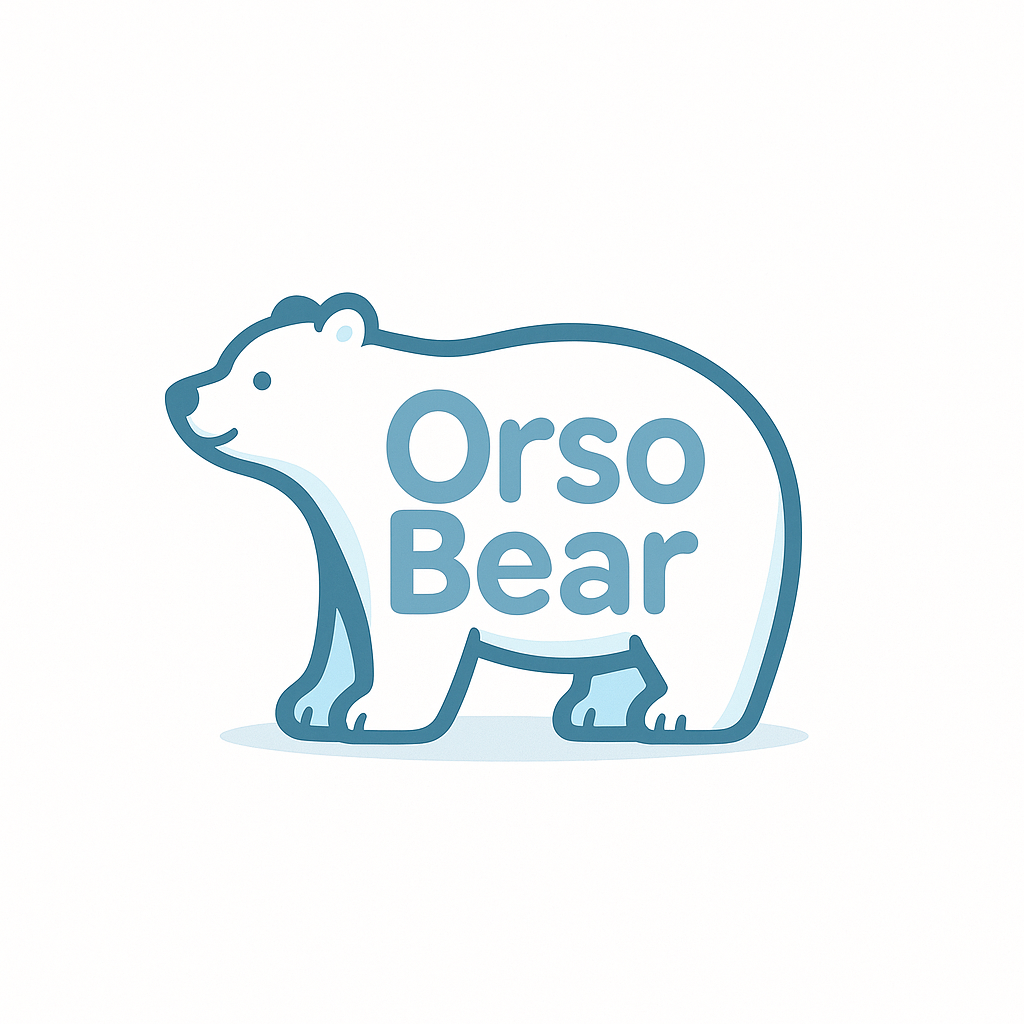Introduction
Artificial Intelligence (AI) has become an integral part of modern businesses, irrespective of their size or industry. One of AI’s most exciting subsets, Generative AI, has been making significant strides, offering a plethora of benefits to small businesses in particular. But what exactly is Generative AI, and how can it be leveraged by small businesses? Let’s explore.
Understanding Generative AI
Generative AI is a type of artificial intelligence that can produce content. It can generate anything, from written text and images to music and videos. It uses machine learning algorithms to understand the patterns, learn from them and then produce new content that is similar to the original. The most common types of generative AI include Generative Adversarial Networks (GANs), Variational Autoencoders (VAEs), and autoregressive models.
Small businesses can benefit significantly from generative AI as it allows them to automate content generation, saving time and resources. In addition, it provides a new perspective on creativity, opening up the doors to endless possibilities.
Applications of Generative AI in Small Businesses
There are multiple ways small businesses can employ generative AI. These include content creation, customer service, product design, and more.
Content Creation
One of the most popular applications of generative AI is in content creation. AI tools like OpenAI’s GPT-3 can generate blog posts, social media updates, and even entire articles. For instance, small businesses can use these tools to maintain a consistent online presence without having to hire a dedicated content team. This not only saves resources but also ensures a steady flow of content.
Customer Service
Generative AI can also be used to enhance customer service. AI chatbots can handle common queries, freeing up human customer service agents to handle more complex issues. A case in point is the AI-powered customer service tool developed by Zendesk, which uses machine learning to generate responses to customer queries based on past interactions.
Product Design
Generative AI can also be used in product design. AI tools can generate numerous design options based on a few input parameters, making the design process more efficient. A notable example is the shoe brand Under Armour, which used AI to design and manufacture its ArchiTech Futuris sneakers.
Future Implications and Trends
The future of generative AI looks promising. According to a report by PwC, AI could contribute up to $15.7 trillion to the global economy by 2030. Generative AI, with its endless possibilities, is expected to play a significant role in achieving this figure.
One trend to watch out for is the increasing use of generative AI in personalized advertising. With AI’s ability to analyze vast amounts of data and generate personalized content, we can expect more businesses to leverage this technology for targeted advertising in the future.
Another trend is the use of generative AI in virtual reality (VR). With its ability to generate realistic images, sounds, and even tactile sensations, generative AI can significantly enhance the VR experience, opening up new possibilities for businesses in sectors like real estate, tourism, and entertainment.
Conclusion: Key Takeaways
Generative AI is a powerful tool that can help small businesses automate various functions, from content creation and customer service to product design. It not only saves time and resources but also provides a new perspective on creativity.
With the future looking promising for generative AI, it’s crucial for small businesses to start exploring this technology now. Whether it’s for personalized advertising or enhancing the VR experience, the possibilities with generative AI are endless.
So, if you are a small business owner interested in AI, generative AI is definitely a technology worth considering. It could just be the game-changer you need to take your business to new heights.




